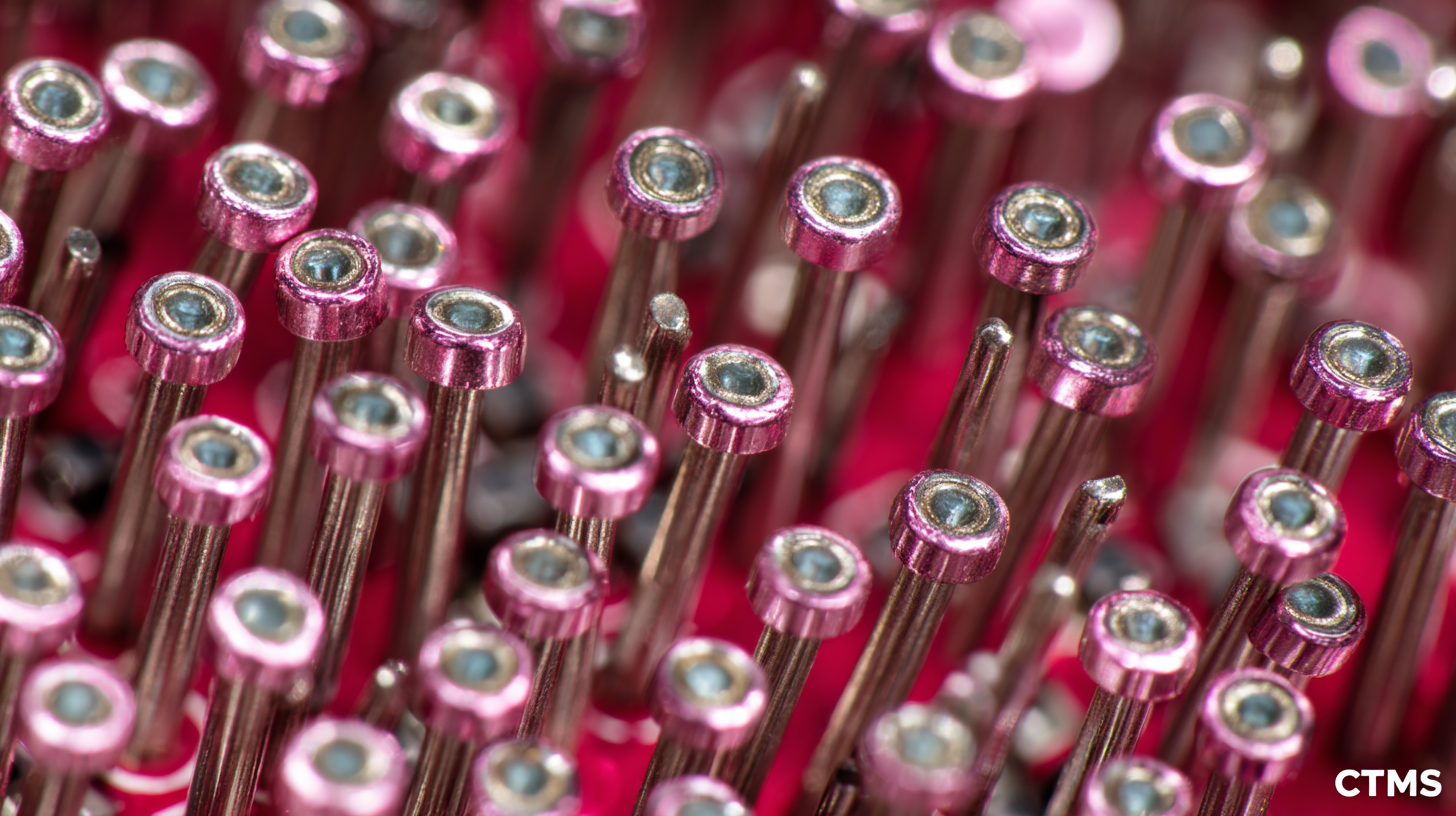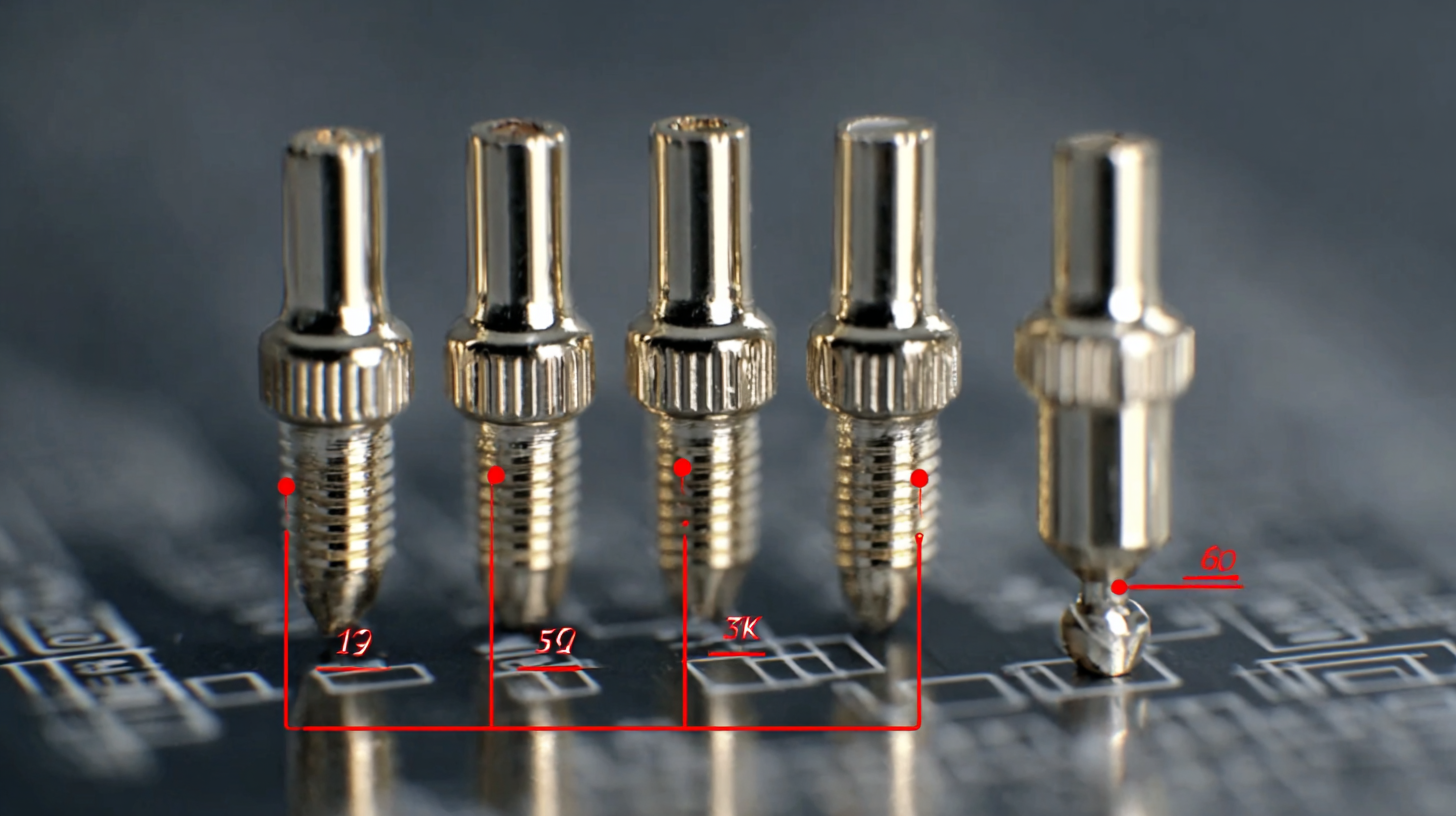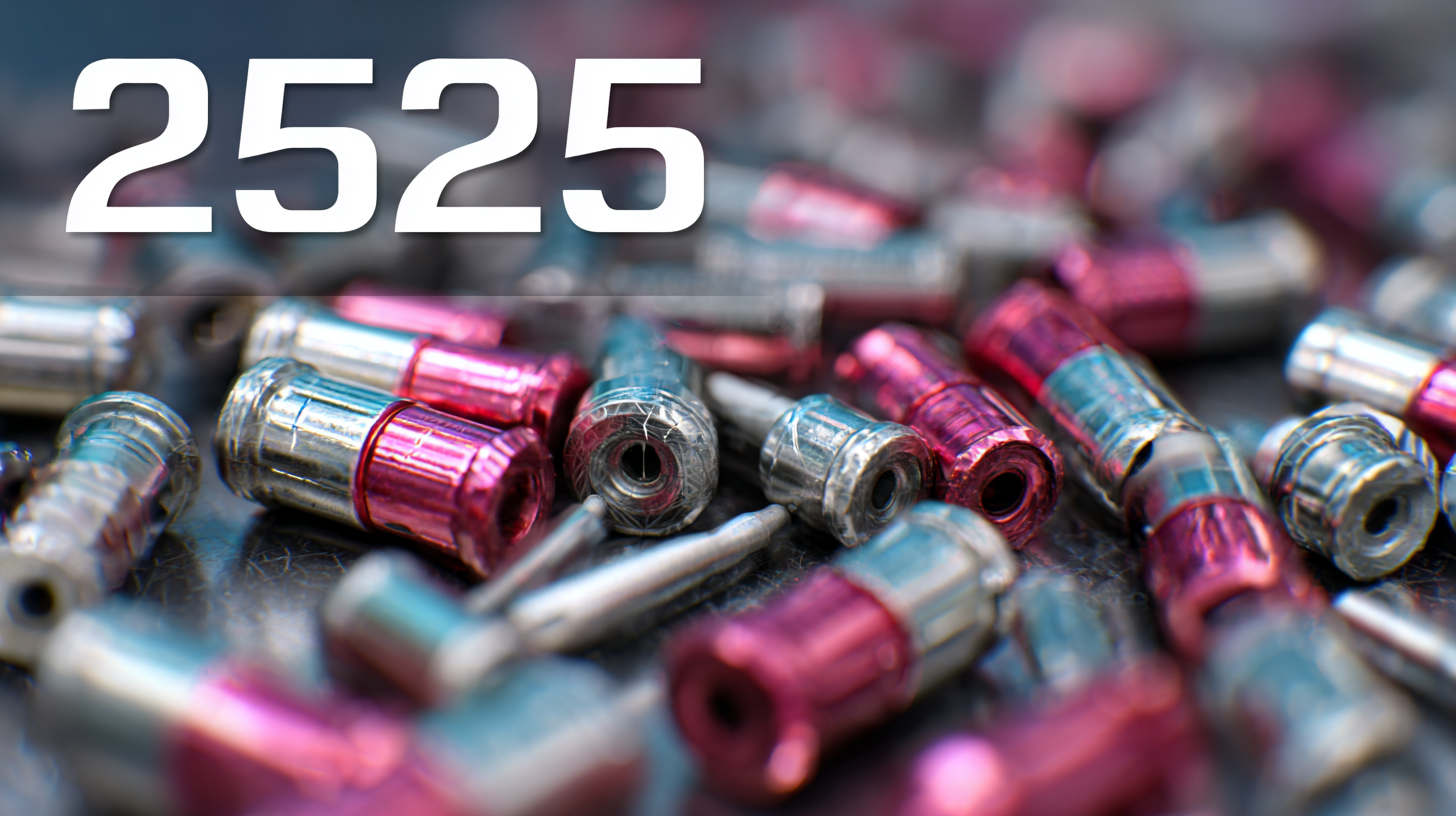


In the rapidly evolving landscape of manufacturing technology, staying ahead of the curve is essential for businesses that aim to maximize efficiency and productivity. As we navigate the anticipated technology trends of 2025, one crucial component that is gaining attention is the use of male header pins. These small yet powerful connectors play a significant role in modern electronic design, enabling seamless integrations and reliable connections in various applications.

This ultimate guide will delve into how male header pins can enhance manufacturing efficiency, exploring their advantages, applications, and the latest innovations that are reshaping the industry. Whether you're an engineer, manufacturer, or tech enthusiast, understanding the impact of these components will be key to optimizing your processes and staying competitive in the market.
In the ever-evolving landscape of manufacturing, optimizing workflow efficiency is crucial. One key component that often goes overlooked is the use of best male header pins. These versatile connectors play a significant role in streamlining assembly processes and enhancing product reliability. By reducing the complexity of wiring and connections, manufacturers can achieve a more organized and efficient production line.

To maximize the impact of header pins on manufacturing efficiency, it's essential to select high-quality options that fit the specific needs of your projects. Ensure that the pins are compatible with your circuit boards and can handle the required voltage and current. Additionally, investing in automated assembly systems that utilize these connectors can significantly reduce manual labor and minimize errors during assembly.
Tip: Always test the header pins in real-world conditions before full-scale production. This will help identify any potential issues early in the process, saving both time and resources. Furthermore, regular maintenance of your assembly equipment will ensure that all components, including header pins, perform optimally over time, further enhancing workflow efficiency.
In the evolving landscape of manufacturing, advanced materials play a pivotal role in enhancing the durability and performance of header pins. As manufacturers seek to optimize their production processes, the efficiency of components such as male header pins becomes crucial. By integrating high-performance materials that withstand wear and stress, these components can significantly reduce downtime and maintenance costs, offering a competitive edge in the industry.
The latest innovations in material science have led to the development of enhanced alloys and composites, which not only improve the longevity of header pins but also their overall performance under demanding conditions. These materials are designed to provide better conductivity, resistance to corrosion, and stability at varying temperatures, ensuring that manufacturing operations remain seamless and efficient. As industries increasingly pivot towards smart manufacturing and automation, the robustness of header pins will be essential in maintaining operational integrity and driving productivity to new heights.
| Material Type | Durability Rating (1-10) | Corrosion Resistance (Yes/No) | Impact Strength (Joules) | Weight (grams) | Cost per Unit ($) |
|---|---|---|---|---|---|
| Stainless Steel | 9 | Yes | 20 | 2 | 0.50 |
| Titanium Alloy | 10 | Yes | 30 | 1.5 | 2.00 |
| Carbon Fiber | 8 | No | 25 | 1 | 3.50 |
| Aluminum | 7 | Yes | 15 | 3 | 0.70 |
| Polymer Composites | 6 | No | 10 | 2.5 | 0.60 |
In the evolving landscape of manufacturing, header pins have emerged as a pivotal component driving efficiency. Recent statistical insights reveal that utilizing high-quality male header pins can contribute to a remarkable reduction in production costs by as much as 15%. This cost-saving potential is vital for manufacturers aiming to maximize output while minimizing expenses.
To fully leverage the advantages of header pins, it's essential to focus on the selection process. Choosing the right type and size of header pins can significantly impact assembly time and reliability. Manufacturers should consider factors such as compatibility with existing systems and the specific environmental conditions of the assembly line.
Additionally, implementing regular maintenance schedules for header pins can enhance durability and performance. Inspecting connections for signs of wear or corrosion can prevent costly downtime and ensure smooth operations. By adhering to these tips, manufacturers can ensure that their investment in header pins yields substantial returns, leading to enhanced manufacturing efficiency and reduced production costs.
The following chart illustrates the contribution of best male header pins in reducing production costs and improving efficiency in manufacturing processes.
In recent years, Chinese factories have turned to advanced technologies to improve manufacturing processes, with male header pins emerging as a key component. A report by Smithers Pira indicates that manufacturers using precision header pins have seen a productivity increase of up to 30%. These pins are essential in maintaining reliable electrical connectivity, which is crucial in the production of electronic components. One notable case is a Shenzhen-based electronics manufacturer that integrated state-of-the-art male header pins into their assembly line, resulting in a 25% reduction in assembly time and a significant decrease in defects.
Moreover, the adoption of these advanced header pins aligns with the broader trend of automation in manufacturing. According to the International Federation of Robotics, the robotics market in China is expected to reach $5 billion by 2025, further enhancing production capabilities. Companies that have integrated cutting-edge header pins into their automated systems reported not only enhanced efficiency but also a transformation in their overall supply chain management. For instance, a success story from a leading telecommunications firm revealed that the implementation of innovative header pin technology led to an impressive 40% improvement in their throughput rates, showcasing the direct impact on profitability and market competitiveness.
As we look toward 2025, the manufacturing landscape is set to undergo significant transformations driven by advancements in technology and innovative component enhancements. According to a report by McKinsey & Company, the global manufacturing sector is expected to embrace an average productivity growth of 3.5% annually, fueled by technologies such as IoT, AI, and automation. Within this context, advancements in header pin designs are becoming vital in ensuring efficient assembly and minimizing downtime, which could lead to a notable reduction in production costs.

Innovations specifically focused on male header pins are anticipated to play a crucial role in enhancing manufacturing efficiency. A study from MarketsandMarkets projects that smart components, including customizable header pins, could enhance connectivity and streamline manufacturing processes. By 2025, companies that adopt these advanced header pins will likely see improvements in assembly speed and reliability, allowing them to remain competitive in an increasingly automated marketplace. The integration of smart technologies into traditional manufacturing methods will not only improve operational efficiency but also pave the way for greater adaptability and responsiveness to market demands.
